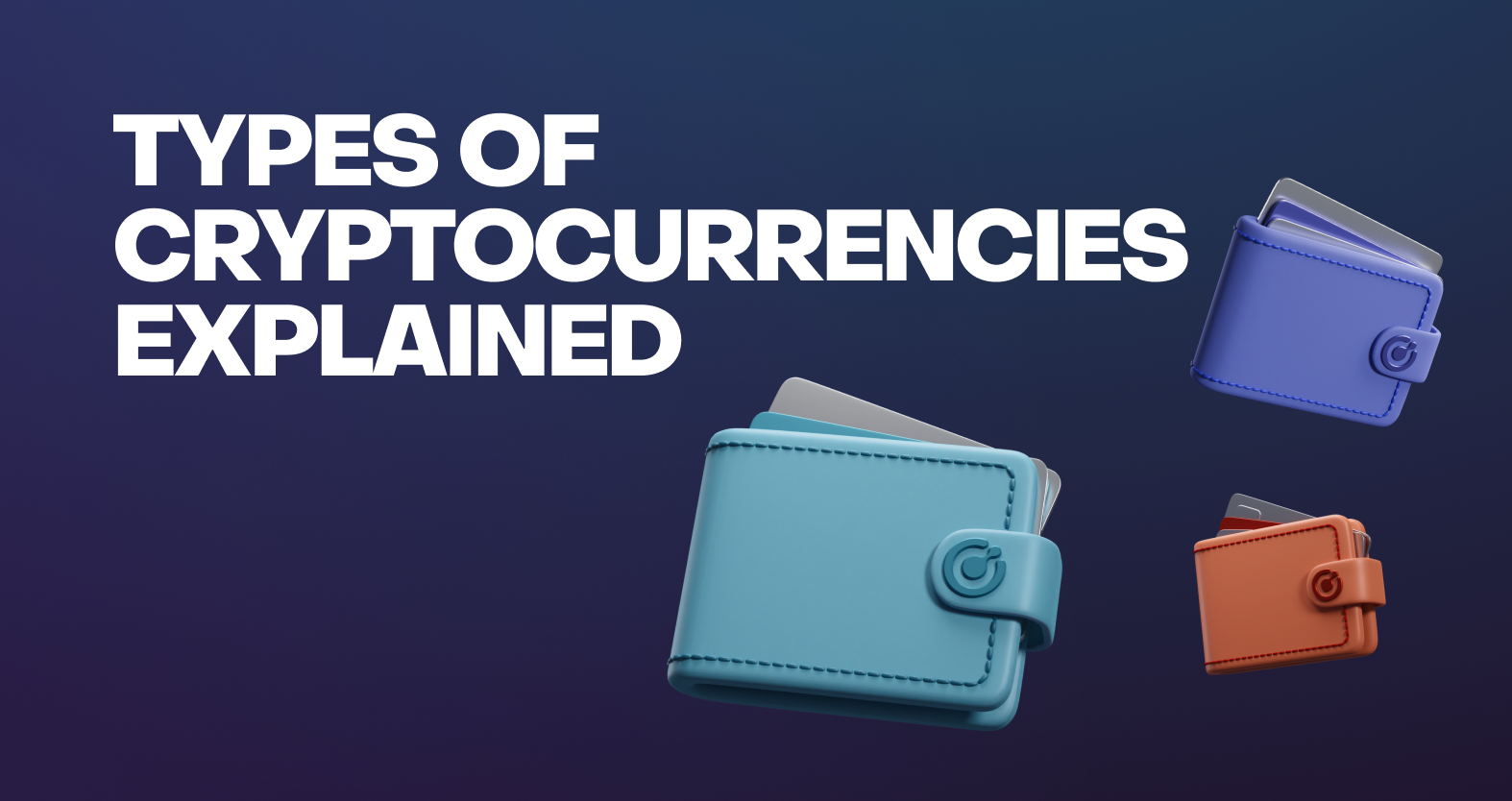Types of Cryptocurrencies Explained
0
0

This article delves into the various types of cryptocurrencies, examining their historical evolution and unique attributes.
What are Cryptocurrencies?
Cryptocurrencies are digital or virtual currencies that use cryptography for security. They are decentralized and rely on a technology called blockchain to record and verify transactions.
The historical evolution of cryptocurrencies is fascinating, beginning with the creation of Bitcoin by an anonymous individual or group known as Satoshi Nakamoto in 2009.
Over the years, we've witnessed the emergence of various cryptocurrency types, including altcoins, tokens, stablecoins, and niche cryptocurrencies.
Bitcoin: The Pioneer
Bitcoin (BTC), as the first cryptocurrency, played a pivotal role in introducing the world to this new form of money. Its decentralized structure and capped supply of 21 million coins contributed to its popularity.
Bitcoin operates on a Proof of Work consensus mechanism, a cryptographic process that safeguards the network. Its impact on the cryptocurrency world is unparalleled, and it has paved the way for numerous other digital assets.
Altcoins: The Diverse Landscape
Altcoins, or alternative cryptocurrencies, represent a vast category beyond Bitcoin. Prominent examples include Ethereum (ETH), Litecoin (LTC), and Ripple (XRP). Each of these altcoins brings unique technologies and purposes to the table.
For instance, Ethereum introduced smart contracts, enabling decentralized applications (dApps) and fueling the DeFi (Decentralized Finance) movement. These altcoins diversify the cryptocurrency landscape and serve a wide range of functions.
Tokens: Beyond Coins
Tokens, cryptocurrencies that rely upon a third party's blockchain, represent another facet of the cryptocurrency ecosystem. They often serve as assets within specific ecosystems or platforms. Tokens can be classified into three main categories: utility tokens, security tokens, and platform-specific tokens.
These versatile assets facilitate various functions within their respective ecosystems, such as access to services, fundraising, or governance.
Stablecoins: Bridging the Traditional and Crypto Worlds
Stablecoins have emerged as a solution to the cryptocurrency market's inherent volatility. These digital assets are designed to avoid price volatility by maintaining a stable value pegged to traditional assets like fiat currencies or commodities, making them ideal for activities such as cryptocurrency trading.
Notable examples that are pegged to the value of $1 USD include USDC, Tether, and DAI. Stablecoins bridge the gap between traditional finance and the crypto world, offering a more stable means of transacting in the digital realm.
Niche Cryptocurrencies and Future Types
In addition to the primary categories, niche cryptocurrencies have gained prominence. Privacy coins, such as PirateChain (ARRR) and Zcash (ZEC), focus on enhancing transaction privacy, making them ideal for users seeking anonymity.
DeFi coins, such as Aave (AAVE) and Compound (COMP), have introduced innovative financial services that are decentralized and accessible to a broader audience.
Non-fungible tokens (NFTs), which represent unique digital assets, have made waves in the art, gaming, and entertainment sectors.
Future Directions and Innovations
As the cryptocurrency world continues to evolve, there is speculation about potential future types.
Concepts like integrating cryptocurrencies with the Internet of Things (IoT), creating AI-driven cryptocurrencies, and adopting environmentally friendly or "green" cryptocurrencies are on the horizon.
These innovations seek to further diversify the cryptocurrency landscape and broaden its applications.
Conclusion
The rise and diversification of cryptocurrencies have transformed the financial world, offering a range of options beyond traditional fiat currencies. Understanding the various types of cryptocurrencies is essential in this dynamic and rapidly evolving space.
As use cases continue to expand, individuals and businesses must adapt to harness the opportunities it presents, all while remaining diligent in their choices. The future of cryptocurrencies is teeming with exciting possibilities, and as we look ahead, it's clear that the digital economy will continue to be shaped by these innovative financial instruments.
0
0
 Manage all your crypto, NFT and DeFi from one place
Manage all your crypto, NFT and DeFi from one placeSecurely connect the portfolio you’re using to start.




